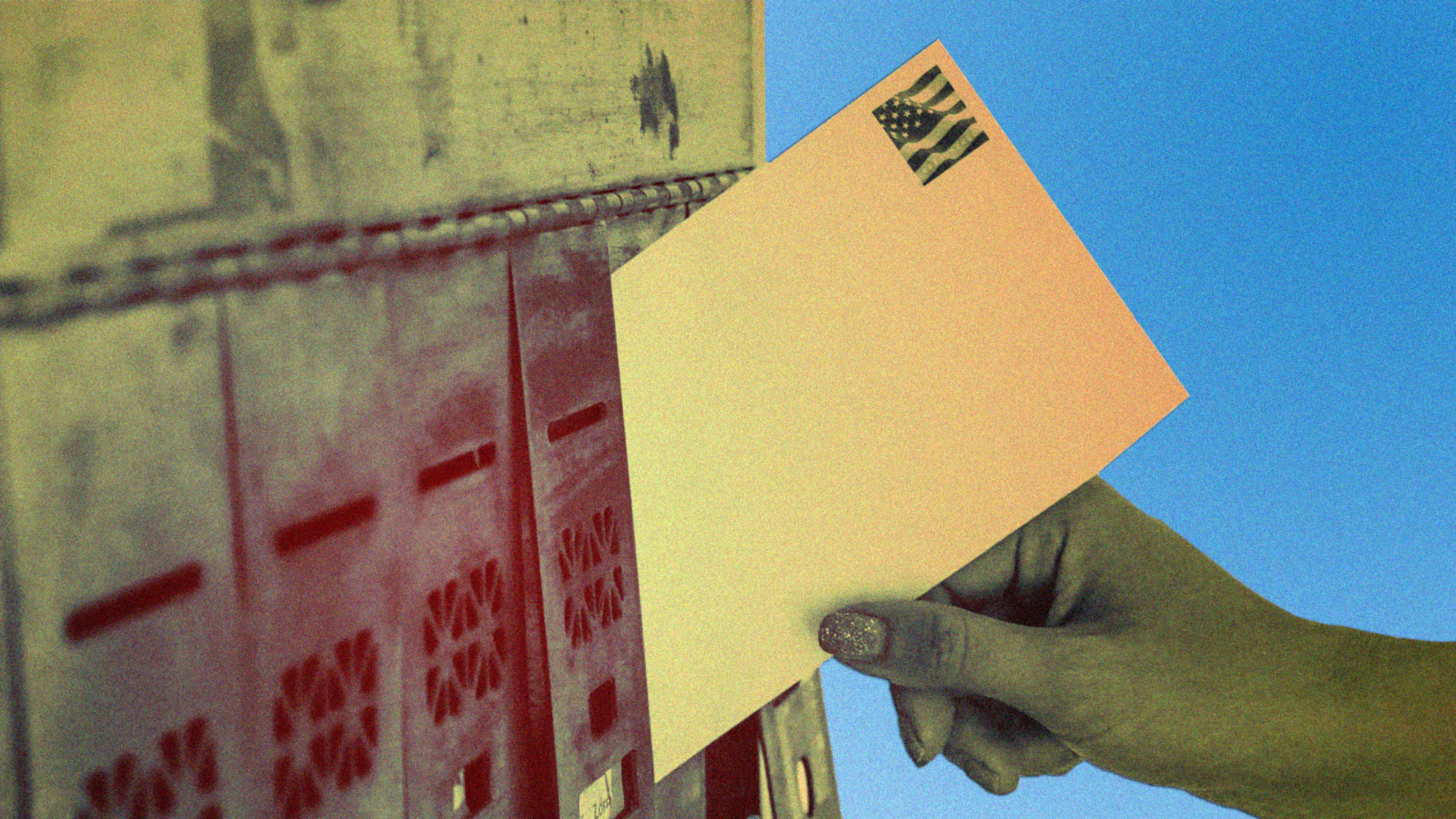Have you heard about Momo? Odds are you have, if you’ve ever perused this awful place we call the internet. For the serenely unaware, the “Momo Challenge” is purported to be a series of viral online videos that young kids around the world have been sharing that instruct them to do dangerous–even deadly–things. The videos supposedly feature the terrifying face of a girl with giant circular eyes and a dark ghoulish grin–like a comic book version of the demon girl from The Ring.
According to one viral tweet that sparked the latest online outrage, Momo is sweeping the globe and all parents need to make sure their kids aren’t watching videos of creepy longhaired hell-children and heeding their advice. But, as the Atlantic‘s Taylor Lorenz explains, Momo is a hoax. It began about a year ago, after a local news outlet referenced a deadly viral video on WhatsApp. But, Lorenz writes:
The Momo challenge wasn’t real then and it isn’t real now. YouTube confirmed that, contrary to press reports, it hasn’t seen any evidence of videos showing or promoting the “Momo challenge” on its platform. If the videos did exist, a spokesperson for YouTube said, they would be removed instantly for violating the platform’s policies. Additionally, there have been zero corroborated reports of any child ever taking his or her own life after participating in this phony challenge.
So it’s not real, yet people keep sharing it. The tweet in question has over 23,000 retweets, and numerous outlets keep writing about it. Even Kim Kardashian put a call-out to her 129 million Instagram followers to stop these not-real viral videos from spreading. Yes, it’s all very odd. It’s also extremely familiar.
Viral hoaxes have been around for as long as people could communicate–and for as long as they’ve enjoyed the dopamine jolt of duping other people. I could go through a litany of historical fake situations–the Hitler Diaries, Paul McCartney being dead, etc. But the tone of Momo, and other recent “challenges” with a similar cadence, share distinct characteristics with a specific form of misinformation that plagued the early internet: chain email.
For those of you old enough to remember time pre-Gmail, or even the early days of the Google service, you were likely bombarded with chain emails. This was before Facebook, so the only way to connect with others was to send them emails. And boy did people do that. They would forward to hundreds of their contacts the stupidest and most obscure messages around–usually promising good luck to those who paid the message forward.
But in these emails were also a great many hoaxes, some described as warnings. For instance, in the late ’90s, a piece of popular mail was making the rounds warning travelers about a group of marauding gangs harvesting tourists’ organs. The word spread so wide that the New Orleans police issued a statement assuring travelers that the kidney-stealing claims were false.
I could name others. Who could forget the one that claimed Bill Gates was going to give people $5,000, or the one that claimed Hotmail was shutting down. I myself went through my own email archives and found a few chain mail gems–most of grammatically erroneous motivational messages–all with the same urge to share! share! share!
In fact, those email chains had their roots in old-fashioned snail mail. In the days before the internet, chain letters would show up in your mailbox, promising good fortune to those who physically copied the letters and sent them to their friends and family, and warning of bad luck to those who didn’t comply. Like Momo, these letters preyed on superstition and fear in the service of viral messages. And just like Momo, people fell for it.
Which is to say that concepts like Momo are anything but new–the only thing that’s evolved is the sharing apparatus. A Mediashift blog post from 2009 looked into viral email hoaxes, and pondered its impact on social media. “Viral marketing scientist Dan Zarella offers a number of alternative theories for the spread of urban legends that can also apply to other sorts of forwards: a desire to warn friends of unknown dangers, a need to fit in, or simply as a form of recreation.” Sounds familiar, no?
Apps like Facebook, WhatsApp, and Twitter are supposedly more advanced than email, and yet they continue to allow for this kind of unfettered content flow. It’s an interesting situation, especially when you think about Momo, specifically: Hundreds of thousands of parents are sharing the same hysterical message asking them to be more mindful about the content their kids are consuming, and yet they are unable to transfer that logic to their own online actions.
Memes–be they videos on YouTube, posts on Facebook, or tweets–may seem like a dangerous new form of misinformation. This is correct. But the messages they spread aren’t new. It’s simply that the platforms allowing for them are much more powerful than ever before.
Which is to say that Momo is absolutely fake, but the problem it highlights will be with us for a long time.
Recognize your brand’s excellence by applying to this year’s Brands That Matter Awards before the early-rate deadline, May 3.
